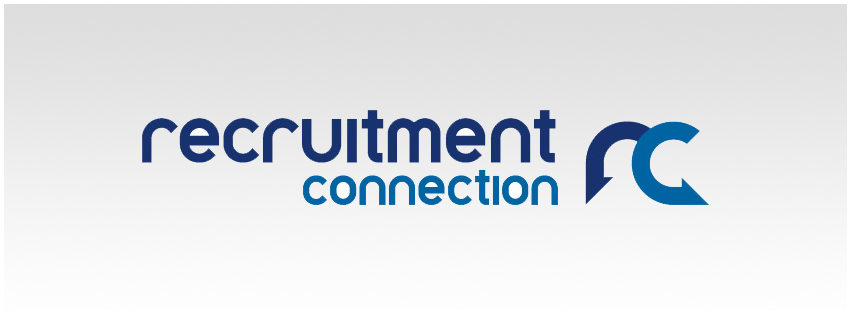
Eight key changes for employers to know about this April.
- Covid-related changes – 1 April 2022
The following changes will take effect on 1 April 2022:
- Self-isolation:those with Covid symptoms will be encouraged to “exercise personal responsibility” and show consideration to others, but will not be required, nor advised, to stay at home.
- Covid testing:free lateral flow and PCR testing will end for the general public (PCR tests will remain available for social care workers and certain vulnerable groups).
- Risk assessments:the requirement for employers explicitly to consider Covid in their health and safety risk assessments will be removed.
- Guidance for employers:the “Working safely” guidelines for employers in different sectors will be replaced by new public health guidance (which had not been published at the time of writing), which will urge employers to continue to consider the needs of those at greater risk from Covid.
- Covid certification:the use of voluntary Covid-status certification will no longer be recommended for use.
- National Living / Minimum Wage: rates increase – 1 April 2022
The hourly rates for the National Living Wage and National Minimum Wage will increase as follows:
- National Living Wage – age 23+: £9.50 (up from £8.91).
- Standard adult rate – age 21+: £9.18 (up from £8.36).
- Development rate – age 18+: £6.83 (up from £6.56).
- Youth rate – age 16+: £4.81 (up from £4.62).
- Apprentice rate: £4.81 (up from £4.30).
- Accommodation offset – maximum daily deduction: £8.70 (up from £8.36).
- Statutory pay: increase to statutory family leave payments – 3 April 2022
The weekly rates of Statutory Maternity Pay, Maternity Allowance, Statutory Paternity Pay, Statutory Adoption Pay, Statutory Shared Parental Pay will increase to £156.66 (up from £151.97).
- Deadline for publication of gender pay gap report – 4 April 2022:
During the middle of the pandemic, gender pay gap reporting was suspended and then reintroduced with a delayed publication schedule. The original reporting pattern has been restored for 2022, meaning that private sector employers with at least 250 employees must publish gender pay gap reports by 4 April 2022 (with public sector employers having to publish by 30 March 2022). Reports must be published on the organisation’s own website and also on this central Government website.
- Statutory Sick Pay and changes to fit notes – 6 April 2022
The weekly rate of Statutory Sick Pay will increase to £99.35 (up from £96.35).
It had been the case that a doctor’s fit note had to be signed in ink by the issuing doctor. From 6 April 2022, fit notes may be issued digitally without the need for a “wet-ink” signature by the doctor (although wet-ink signed fit notes may continue to be issued).
- Employment Tribunal awards: increase to certain limits – 6 April 2022
The limits on certain Employment Tribunal awards will increase as follows:
- The ceiling on a “week’s pay” for calculating redundancy payments, the basic award for unfair dismissal and various other statutory rights increases to £571 (up from £544).
- The maximum compensatory award for unfair dismissal claims increases to £93,978 (up from £89,493).
In dismissal claims, these figures will apply to claims where the effective date of termination falls on or after 6 April 2022.
- Changes to right to work checks – 6 April 2022
New rules will permit employers to use “Identification Document Validation Technology” (IDVT) service providers to verify digitally the identity of British and Irish citizens with valid passports or Irish passport cards for the purpose of right to work checks. This will be an alternative to conducting a manual check. Provided the employer has complied with relevant guidance and the Code of Practice, they will be excused from paying a civil penalty in the event that they employ someone who is disqualified from working because of their immigration status.
- New duty to provide personal protective equipment to workers – 6 April 2022
The duty to provide suitable personal protective equipment (PPE) where there is a health and safety risk will be extended to cover the wider group of “workers”, in addition to employees. Employers may not charge workers (or employees) for the provisions of such PPE.
Steps for employers to take
- Decide whether you will require those displaying Covid symptoms to take a lateral flow test before attending work and, if so, whether you will pay for such tests.
- Decide whether you will, in principle, permit those testing positive for Covid on or after 1 April 2022 to attend work if they are fit to do so. However, ensure that you review the new public health guidance when it is published and consult with your workforce before finalising your approach
- Ensure that staff are paid at least the minimum wage at the applicable rate for the hours they work.
- Ensure that staff are paid the correct rates of pay for family and sick leave and that any policies and template letters that refer to the statutory rates of pay are updated.
- Notify those responsible for receiving fit notes from staff about the new form of digital fit note.
- If you are within scope, ensure that your gender pay gap report is published by the deadline.
- Ensure that statutory redundancy calculations made in respect of any redundancies taking place on or after 6 April 2022 are calculated using the new weekly rate of pay.
- Decide if you will use an IDVT service provider to conduct relevant right to work checks and, if so, ensure that you review the related guidance and Code of Practice.
- Ensure that all workers provided with suitable PPE if this is not already the case.


